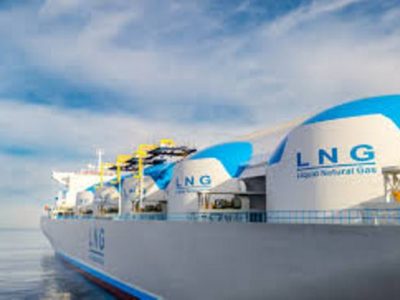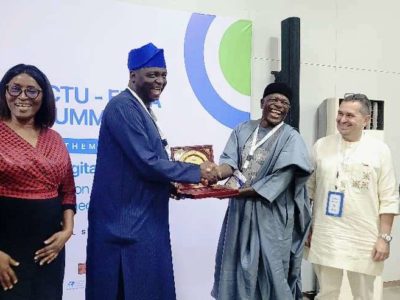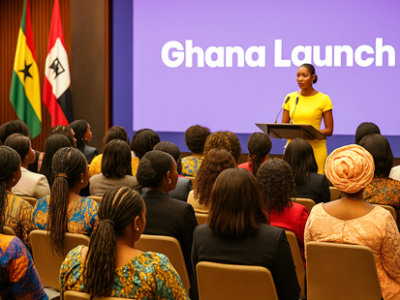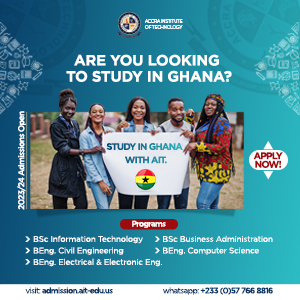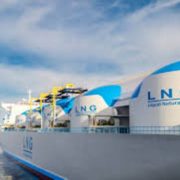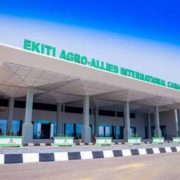
By Thomas Hedley
Although they are located 1,800Km from each
other, Côte d’Ivoire and Senegal vie for the place of economic leader in West
Africa, with a slight advantage for the former which, thanks to its leading
economic capital Abidjan, was able to attract many investors, particularly
French speaking.
The population of Senegal reached 15.85 million
people in 2018 compared to 25 million in Côte d’Ivoire. The same difference can
be observed when looking at gross domestic product (GDP) since Senegal reached
$25 billion in GDP in 2018, while Côte d’Ivoire reached $43 billion dollars.
The competition between the two countries is justified by a recent common
history, where Senegal acquired independence from France just two years after
Côte d’Ivoire, in 1958 and 1960 respectively.
Both countries are members of the Economic
Community of West African States. The diplomatic group is led by Nigeria, which
represents the economic engine of the region, followed by Ghana, also an
English-speaking country. Next come Côte d’Ivoire and Senegal in third and
fourth position.
Thanks to an ambitious economic development plan
initiated in 2014, the Senegal Emerging Plan (PSE), Senegal has managed to
attract more foreign investors over the years. The objective of the PSE is to
proclaim Senegal as an ‘emerging country’ according to the United Nations,
which is characterized by a set of criteria making it possible to declare that
the country has made decisive progress in terms of economic and social
development. The notion of ‘emerging country’ also translates a notion of
stronger influence on the international as well as regional community.
Senegal is a country blessed with an excellent
geographical location, at the westernmost point of the African mainland,
featuring a large Atlantic coastline. Relatively developed transport and
hospitality infrastructure translates to a great tourism potential. The Sine Saloum
Delta region is the south is globally recognized spot for natural ecosystems
and wildlife viewing, while the former capital Saint-Louis, north of Dakar, is
praised for its colonial architecture heritage. 1,4 million tourists visited
Senegal in 2017, up 40 percent from 2014. The sector generates over 300,000
jobs.
Phase 2 of the PSE, which was launched in 2019,
aims in particular to make Senegal independent from an energy point of view and
endowed with universal access to electricity by 2025. The plan includes a
strong renewable energy aspect. Several solar park projects have come online
since 2014 as well as the commissioning of the largest wind farm in West
Africa, Taiba N’diaye, whose official inauguration took place in February 2020.
Since the launch of the PSE, Senegal has
experienced a sustained and very stable growth rate of around 6% per year.
While the COVID-19 epidemic may indeed affect the 2020 targets, the medium-term
outlook remains very optimistic. The first productions of the Sangomar and
Grand Tortue Ahmeyim fields, respectively of oil and gas, are planned for 2022
and 2023, with final investment decisions signed on the two projects. The Taiba
N’diaye wind farm, planned to increase electricity production by 15%, is in
operation. The first solar park went online three years ago and five more have
been launched since then and two are in the pipeline. In addition, Senegal is
part of the Senegal River Development Organization (OMVS) which aims to
generate electricity from the Senegal river.
Almost simultaneously with the launch of the PSE, an oil
exploration team comprised of Australian FAR Ltd and Woodside Energy, as well
as the British company Cairn Energy and Senegalese Petroleum Company
(Petrosen), announced a large oil discovery off the coast of Dakar in deep
waters. A year later, exploration company Kosmos Energy announced a very large
gas discovery offshore in very deep waters, straddling the border with
Mauritania. British Major BP has acquired operator status on the Grand Tortue
Ahmeyim project, which aims to be the fastest liquefied natural gas (LNG)
project ever developed. Although the COVID-19 epidemic is threatening what was
originally planned, targets remain the same as pre-crisis.
Senegal has decisive key success factors: an attractive
geographic position, strong political and institutional stability, a very
strong political will towards reform and progress, a flexible regulatory
framework for investors and a stable business climate. Since the PSE did not
foresee a strong development of the hydrocarbon sector, the discoveries of
2014, 2015 and the following ones constitute an excellent additional growth
lever for a highly promising country.
The development policy undertaken by President
Macky Sall following his election in 2012 is a long-term policy, aiming the
build the foundations of a solid economy, based on key sectors such as industry
and energy, including a significant component of local content across the

